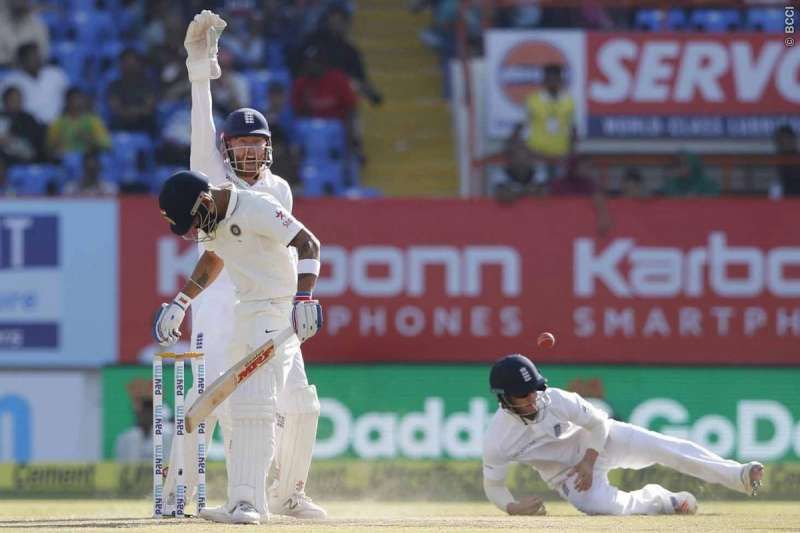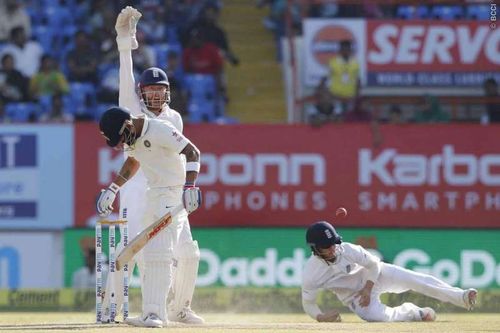
India vs England 2016: Virat Kohli backs DRS despite mixed approach in Rajkot
Among the major talking points of the opening Test between India and England at the SCA Stadium in Rajkot was the introduction of DRS in Tests in the country. The use of technology lived up to its expected scope for action with the Indian players getting a fascinating acquaintance to the system. Skipper Virat Kohli has thrown his weight behind the referral system which has helped improve umpiring standards.
During the post-match press conference, the 28-year old reflected on the drawn encounter whilst insisting that the experience of surviving some nervous moments in the final session would help his team if a similar situation arises in the near future.
Kohli believed, “Well, at least we know how to draw games now. Before that, some people obviously were skeptical about our side knowing how to draw games. We either won games or we lost games. Maybe in Test cricket in the future, we will have this situation again. Maybe, we will have to apply ourselves again and show character. So it was a challenging situation but one that we countered really well, I thought.”
When England finally decided to declare with less than two sessions left, not a lot would have anticipated India to endure a tricky period. Eventually, Kohli led from the front to see off the remaining overs and consign the match to a draw. That they even lost six wickets in the second innings was chiefly due to the in-form Cheteshwar Pujara not choosing to review a shocking leg-before decision.
In sharp contrast, the hometown batsman had reviewed a much tighter call when he was on 86 during the first innings. Understandably, his misjudgment drew the ire of head coach Anil Kumble as he trudged into the dressing room. Kohli acknowledged the need for his teammates to come to speed on how to make instantaneous decisions during critical situations.
Also Read: India vs England 2016, 1st Test – Rating the Indian cricketers
The right-hander felt, “Those are very small margins and you have to trust the wicket keeper and the bowler. But at times you need to understand, the bowler might push you to take it in desperation and you need to understand it as captain. While batting, one thing I saw was it's very important for non-striker to stay as close as possible to the stumps.”
He elaborated, “From a little wider from the stumps, the line of the ball is never judged. You always feel like that the ball is straight but it's actually pitching outside the line. That might be an important thing in a Test match in an important situation (where) you might not take the DRS like today with Pujara.
“Those things can be corrected. Obviously you're going to make mistakes, the umpire's call and all that come into play as well. I think it's a good thing, it just confirms the decision that has been made and it's good for cricket overall.”
